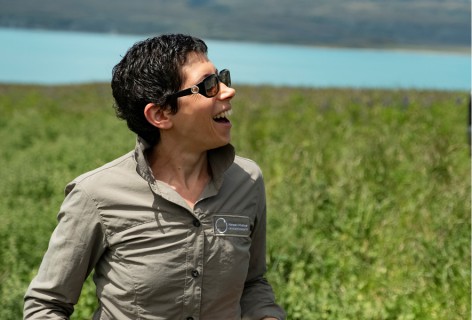Wasp biocontrol update 10
In this section
The first update for 2017 brings excellent news to open the year with!
Sustainable Farming Fund (SFF) funding success
In September 2016 we made an application to MPI’s Sustainable Farming Fund to support the next phase of a biocontrol programme against Vespula wasps (see Update No. 8), and last week we received the exciting news that the application has been successful! I’d like to take this opportunity to thank you all – the broad support base this project has from all of you provides the solid foundation that enabled this successful outcome – we could not have got this far without you!
This new grant will enable us to pursue novel biocontrol agents for wasps that have not been used elsewhere, and there will undoubtedly be other wasp-infested nations watching with interest. For a start we will be focusing on the parasitic flies Vollucella inanis and Leopoldius coronatus. Fortunately, on his trip to collect Sphecophaga in the UK last year Bob has already found areas where these candidate agents are present, which provides a fantastic head-start.
![Newly emerged [Sphecophaga] male in quarantine at Lincoln Newly emerged [Sphecophaga] male in quarantine at Lincoln](/assets/Discover-Our-Research/Biosecurity/Invasive-invertebrates/Vespula-Wasps-in-New-Zealand/Sphecophaga_male_in_quarantine__ResizedImageWzQwNSwzMDRd.jpg)
Newly emerged [Sphecophaga] male in quarantine at Lincoln
Sphecophaga parasitoids slowly emerging
In Update No. 9 we told you about the Sphecophaga parasitoids Bob collected in the UK and brought into quarantine in NZ. Bob has been keeping the pupae in cold temperatures, to slow down their development until he was going to have enough NZ wasp combs to provide the parasitoids as they emerge. There is a requirement to rear the parasitoids on NZ wasp combs for one generation and demonstrate they are free of unwanted pathogens before they are permitted to come out of quarantine. It has been a warm spring but a cool summer in Canterbury, and Vespula nests were slow to develop, causing some nervousness (isn’t it ironic to be concerned about Vespula numbers failing… ). But Vespula workers are finally starting to build up numbers (as if there was ever a genuine risk they wouldn’t?!), and Bob has already dug up a few nests and brought them into quarantine to provide host material for the emerging parasitoids. Next, Bob started raising the temperature in the Sphecophaga quarantine room, and is waiting for the little beauties to emerge. So far, they are a bit slow to emerge, so it is still about waiting. We will keep you up to date with developments on that front!

